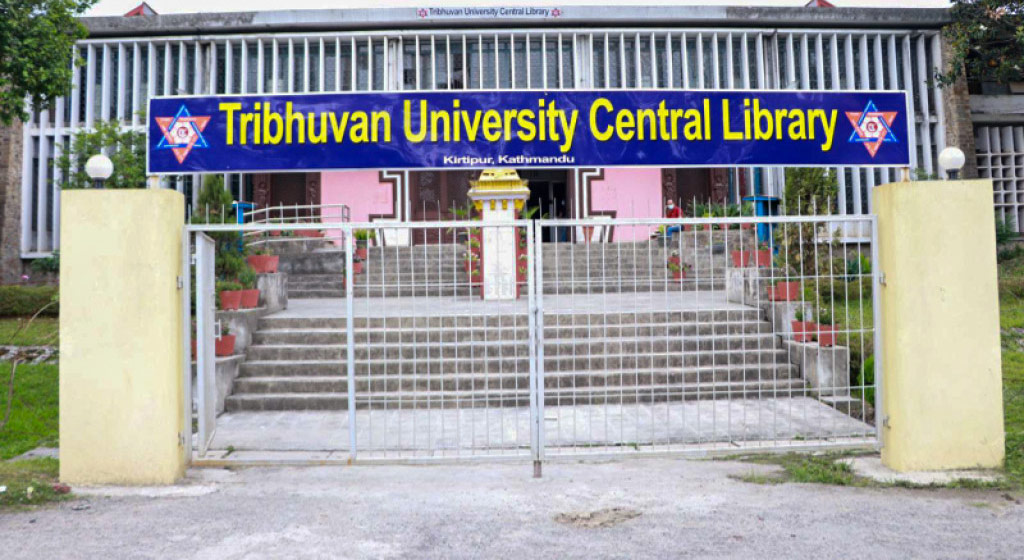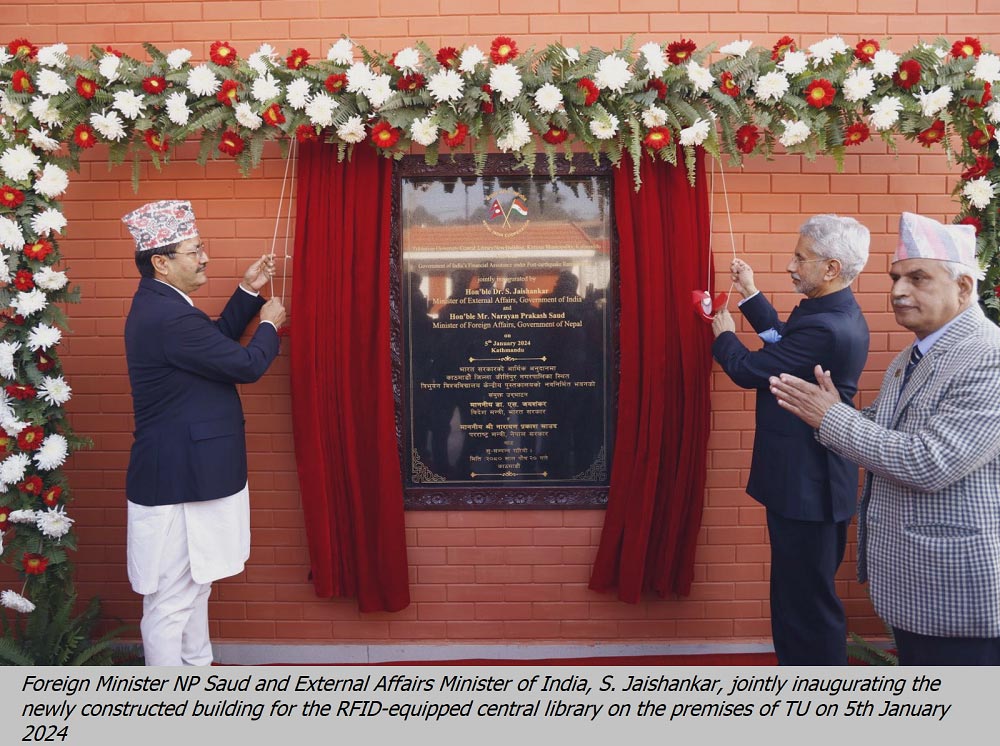
The Tribhuvan University Central Library (TUCL), a prominent educational resource in Nepal, has recently undergone a significant transformation. It now holds the distinction of being the first library in the country to incorporate the Radio Frequency Identification (RFID) system. This advancement in technology marks a notable leap forward for the library's operational efficiency and user accessibility.
Innovative Integration of RFID Technology
- Automated Book Tracking: The RFID system revolutionizes the way books are managed, enabling automated tracking of circulation, significantly reducing manual labor and errors.
- User-Friendly Experience: This technology simplifies the borrowing and returning processes for users, fostering a more interactive and efficient library experience.

A Milestone Inauguration Event
- Bilateral Collaboration Celebration: The inauguration of the RFID-equipped library building was a collaborative event, graced by Nepal's Foreign Minister Narayan Prakash Saud and India's External Affairs Minister S Jaishankar, highlighting the strong Indo-Nepal ties.
- Reconstruction and Renewal: The event also celebrated the inauguration of 25 schools, 32 health institutions, and a monastery, all part of India's earthquake-rebuilding assistance to Nepal, showcasing resilience and collaboration in the wake of adversity.
Strengthening Nepal-India Relations Through Infrastructure and Education
- Comprehensive Development Projects: The joint efforts in constructing 75 structures, including the Central Library, reflect the deep-rooted and multifaceted Nepal-India relationship, especially in the context of disaster recovery and educational enhancement.
- Continued Support and Solidarity: The announcement of financial aid from India for Nepal's post-earthquake reconstruction efforts underscores the enduring support and solidarity between the two nations.
State-of-the-Art Library Features
- Spacious and Inclusive Design: The new three-story library building can accommodate 2,000 students simultaneously and is equipped with facilities that are inclusive for individuals with disabilities.
- Advanced Educational Tools: Boasting over 50 computers, the library provides a wealth of digital resources, significantly expanding the research and learning capabilities of its users.
- Cultural and Literary Exchange: A special section dedicated to Indian literature enriches the library's collection, facilitating cultural exchange and understanding between the two neighboring countries.
A Symbol of Resilience and Progress
The upgradation of the Tribhuvan University Central Library with RFID technology, coupled with the inauguration of additional educational and healthcare facilities, is a testament to the enduring collaboration between Nepal and India. These developments not only fortify the educational landscape but also symbolize a mutual commitment to progress, cooperation, and the relentless pursuit of knowledge in an increasingly digital world. The new library stands as a symbol of resilience, a hub of cultural exchange, and a milestone in Nepal's journey towards technological advancement in education.
How does RFID technology work in libraries?
Radio Frequency Identification (RFID) technology in libraries streamlines various processes, from inventory management to the borrowing experience, enhancing overall efficiency and user satisfaction. RFID technology in libraries fundamentally transforms how books and other materials are managed, offering a more efficient and user-friendly experience. Here's how it works:
1. RFID Tags:
- Each book or item in the library is embedded with an RFID tag. These tags contain microchips that store the item's information, such as the title, author, publication date, and a unique identification number.
2. Data Encoding:
- The information on each RFID tag is encoded and can be updated as needed. This allows for dynamic management of the library's inventory.
3. Scanning and Detection:
- RFID readers in the library send out radio waves to detect these tags. Unlike barcodes, RFID tags don't need to be within the line of sight of the reader. This means that multiple items can be scanned simultaneously, speeding up the process of checking books in and out.
4. Self-Check-In and Check-Out:
- Libraries with RFID technology often have self-service stations where patrons can check out and return items themselves. The RFID reader at these stations can quickly read the information from the tags, making the borrowing process much more efficient.
5. Inventory Management:
- With RFID, librarians can easily scan shelves of books without removing them. This facilitates faster inventory checks, helping to identify misplaced or lost items with greater ease.
6. Security:
- RFID systems are often integrated with library security gates. When a book is checked out, the RFID tag is desensitized to allow it to pass through the gates without triggering an alarm. If an item hasn't been properly checked out, the tag will activate the security system, alerting staff.
7. Enhanced User Experience:
- For library users, RFID technology means shorter waiting times, easier check-out and return processes, and potentially even the ability to locate specific books more quickly within the library.


